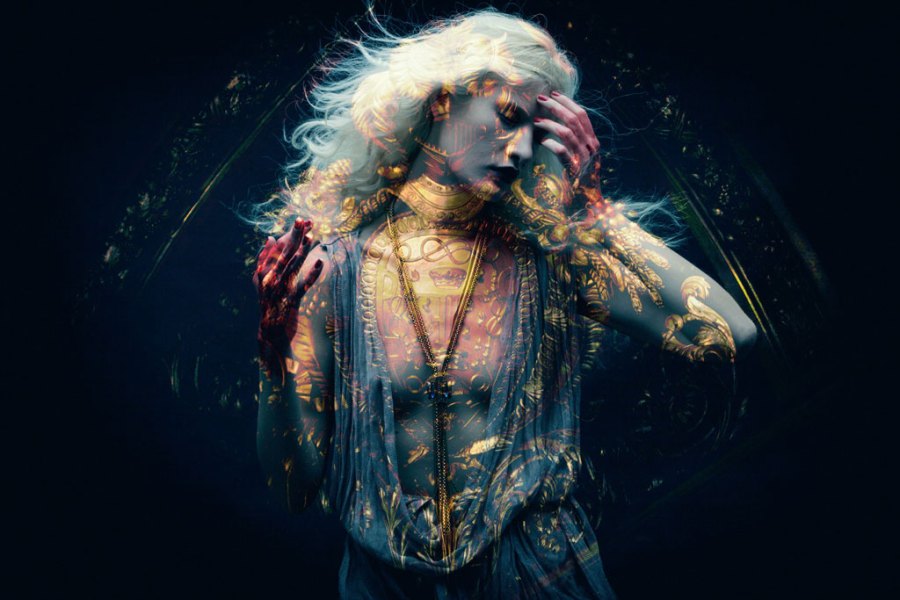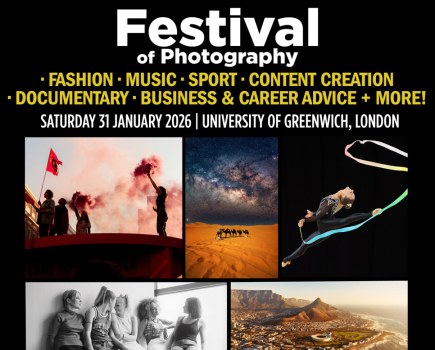What ever happened to NFTs? A few years ago it seemed they were all everyone was talking – and freaking out – about. Isabella Ruffatti interviews Paris-based digital artist TOMAAS, who has previously worked as a fashion photographer. Crypto art is one of the many things he has experimented with since 2020 and his current work is a combination of photography, crypto art, animation and recently, AI.
How would you say the NFT space has changed compared to a couple of years ago? How has your own work evolved?
One of the most notable changes is the increased mainstream adoption of NFTs. Previously, NFTs were primarily embraced by tech enthusiasts and early adopters. But now, we are witnessing broader interest from artists, collectors, and even traditional art institutions. The involvement of renowned artists and celebrities has brought immense attention to the space, propelling it into the spotlight and fostering wider acceptance.
Moreover, the infrastructure supporting NFTs has significantly improved. Two years ago, the ecosystem was still in its early stages, and there were several limitations and challenges. However, today we have more robust platforms, marketplaces, and blockchain technologies that provide a seamless experience for creators and collectors alike. This enhanced infrastructure has led to increased accessibility, reduced transaction costs, and improved scalability, which in turn has attracted more participants to the NFT space.
Should people, and in particular artists/photographers, be worried about AI or embrace it?
First and foremost, AI presents immense potential for creativity and innovation. It enables us to explore new artistic territories and push the boundaries of what is achievable. AI-powered tools and algorithms can assist artists in generating unique ideas, creating captivating visuals, and even augmenting their creative process. It opens up doors to experiment with new techniques, styles, and perspectives that were previously inaccessible. Artists can leverage AI to enhance their workflow, iterate faster, and unlock new artistic expressions.
However, alongside these opportunities, it is crucial to address the concerns surrounding AI. The fear and anxiety often stem from the notion of AI replacing human artists or devaluing their work. I firmly believe that AI should be viewed as a tool and a collaborator rather than a replacement. The true essence of art lies in the human imagination, emotions, and experiences that AI cannot replicate. While AI can assist in certain aspects of the creative process, it is ultimately the artist’s unique perspective and individuality that breathe life into their work.
Memories of Tomorrow. Credit: TOMAAS.
Another important consideration is the ethical use of AI in art. As AI algorithms become more sophisticated, there is a need for transparency, accountability, and responsible practices. Artists and technologists should prioritize ethical frameworks and ensure that AI is used in ways that align with societal values and respect the rights of individuals. It is essential to address potential biases, privacy concerns, and the impact of AI on the broader cultural landscape.
In summary, I view the emergence of AI in the art world with a mix of excitement and caution. It presents incredible opportunities for artistic exploration, collaboration, and creative augmentation. However, it is vital to approach AI as a tool and maintain the essence of human creativity at the core of artistic expression. By embracing responsible practices and ethical considerations, we can harness the potential of AI while preserving the authenticity and value of human-driven art.
Would you be willing to give AI photography a chance?
Absolutely, I would wholeheartedly give AI photography a chance, and in fact, I already incorporate AI art photography in my workflow. The integration of AI into my creative process has been a transformative experience, allowing me to explore new dimensions of artistic expression and push the boundaries of my work.
Vegan Beauty. Credit: TOMAAS.
AI photography offers unique opportunities for experimentation, innovation, and creative augmentation. By embracing AI algorithms and tools, I have been able to leverage the power of machine learning to enhance various aspects of my photography. Whether it’s utilizing AI for advanced image processing, generating unique compositions, or exploring alternative styles, AI has added a new layer of depth and versatility to my artistic practice.
Can you talk me through your photography process when working with AI?
It begins with curating a dataset, meticulously selecting diverse high-quality images that represent the artistic style and themes I aim to explore. I then train AI algorithms on this dataset, allowing the model to learn intricate patterns and visual cues. Using the trained AI model as a tool, I input my own photographs or raw images to generate outputs that exhibit intriguing combinations of the original imagery and learned stylistic influences.
After the AI-generated outputs are produced, I carefully review and curate them, selecting the most compelling and visually striking results that align with my artistic intent. I then proceed to refine and fine-tune these outputs using traditional post-processing techniques, adding my own personal touch to ensure the final result embodies my artistic vision.
Mirror Image. Credit: TOMAAS.
Throughout the process, I maintain an iterative and experimental mindset, continuously exploring different datasets, fine-tuning the AI algorithms, and pushing the boundaries of visual expression. This dynamic approach enables me to continually refine my artistic practice, creating captivating and innovative visual experiences at the intersection of AI and photography.
What does responsible use of AI in photography look like in your opinion?
Responsible use of AI in photography involves several important aspects that ensure ethical and meaningful engagement with this technology.
Firstly, transparency is key. Artists should be transparent about the use of AI in the creation process, clearly communicating its involvement to establish trust and enable viewers to understand the artistic process behind the work. Addressing biases is another crucial consideration. Careful curation of datasets helps ensure fairness and accuracy in the AI algorithms used. Regular evaluation and mitigation of biases within AI can help prevent unintended biases from influencing the artwork.
Respecting privacy rights is also vital. Artists should be mindful of privacy implications and obtain appropriate consent when using images of individuals or sensitive locations, respecting the rights and dignity of those involved. Continual learning and adaptation are important. Staying informed about advancements, ethical guidelines, and best practices helps artists align their processes with evolving standards.
Preserving artistic integrity and authenticity is paramount. While AI is a valuable tool, it should enhance and expand human creativity rather than overshadow or replace it. By considering transparency, addressing biases, respecting privacy, staying informed, and preserving artistic integrity, photographers can engage in responsible use of AI. This approach ensures ethical and meaningful artistic outcomes.
To see more of Tomaas’s work, check out his website, Instagram, and Twitter. For TOMAAS’s NFTs check out superrare.com, with prices starting from around $8900.
This interview has been shortened for length and clarity.
Related content:
- Lens-free camera prototype produces AI-generated photos using location data
- With Generative Fill, Adobe Photoshop takes AI to a whole new level
- SWPA 2023 winner refuses award revealing photo to be AI-generated
- The human cost of artificial intelligence in photography








